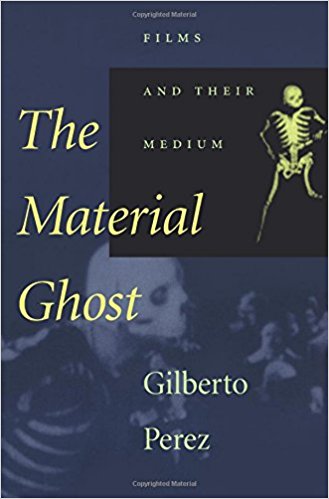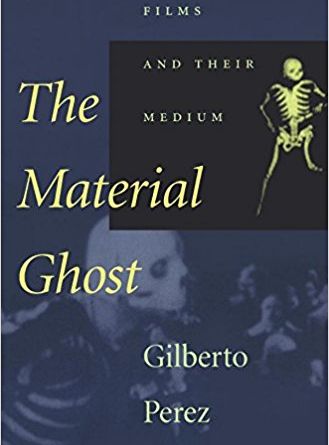Window Dressing
Richard Feynman, in one of his autobiographies (if memory serves: Surely You’re Joking, Mr. Feynman!), talks about losing his wife. She was diagnosed with tuberculosis, which at that time (the 1940s) was untreatable/incurable.
In SYJMF, he says that he didn’t cry at her funeral, or precisely accept that she was dead. Until two weeks later, when he was walking down the street, glanced in a shop-window, and thought “Arline would love that dress.”
That was when it hit him, and he started to cry.
Yesterday, I went to an alumni (Sarah Lawrence, 2013) event. Someone asked who my don (SLC’s system: an adviser to a group of students during their time at the school, and afterwards.) was, and I told them that it had been Gil Perez. He taught Film Theory, and took me from being a fan of movies to avidly appreciating the subtle art of framing shots. The significance of visual motifs. The…

He died unexpectedly, on January 7th, 2015.
Gil was a mentor, a friend, and – just like Feynman – I didn’t really register his absence until I began rewatching the films he introduced us to in his class. Knowing that I couldn’t discuss those films with him, and still think of him when I encounter something (most recently, The Shape of Water) stellar which I know he would have loved.
As I am beginning to write content for SPUF, with an eye towards articles which explore film and literature, I’ve had Gil in mind again. Since that incident yesterday left a vivid yet simple image in my mind, I felt compelled to share it here.
His book, The Material Ghost, is delightfully dense with brilliant observations about the film-medium and the powerful underlying messages woven into great works of film.
I want to include an excerpt here, which – whether or not you’ve seen My Darling Clementine – demonstrates what I am trying to express better than I possibly can.
It’s a take on the Shootout At The O.K. Corrall, starring Henry Fonda as Wyatt Earp, and Victor Mature as Doc Holliday. Some details of the real showdown and events surrounding it are changed or ignored – John Ford was telling a story, and used artistic license to wonderful effect.
And – as Gil pointed out to us, when we watched this film in his class – Earp and Holliday are Doubles: each reflects the other, and represents deeper aspects of the American Experience of the Old West.
With that said, I’ll hand the mic to Gil:
At paired key moments in the film each looks at his reflection in the mirror and sees a changed man: Wyatt Earp is the Westerner adopting civilization, Doc Holliday the Easterner embracing the wilderness. Each is the mirror image of the other: they are doubles like Jekyll and Hyde except that they represent, not a struggle between good and evil within a split psyche, but an interplay between civilization and wilderness unfolding out in the social and material world. They enact the dialectic of the frontier that, in Ford’s conception as in Turner’s, was the making of America.
I miss him dearly, and – seeing Shape Of Water, especially – wish that I could discuss its extraordinary artistry with someone who I learned from in every conversation. He was generally soft-spoken, but once he got going on something he cared about (as in the passage above), he came forward with insights which changed the way I watch movies, and my approach to analyzing art.
